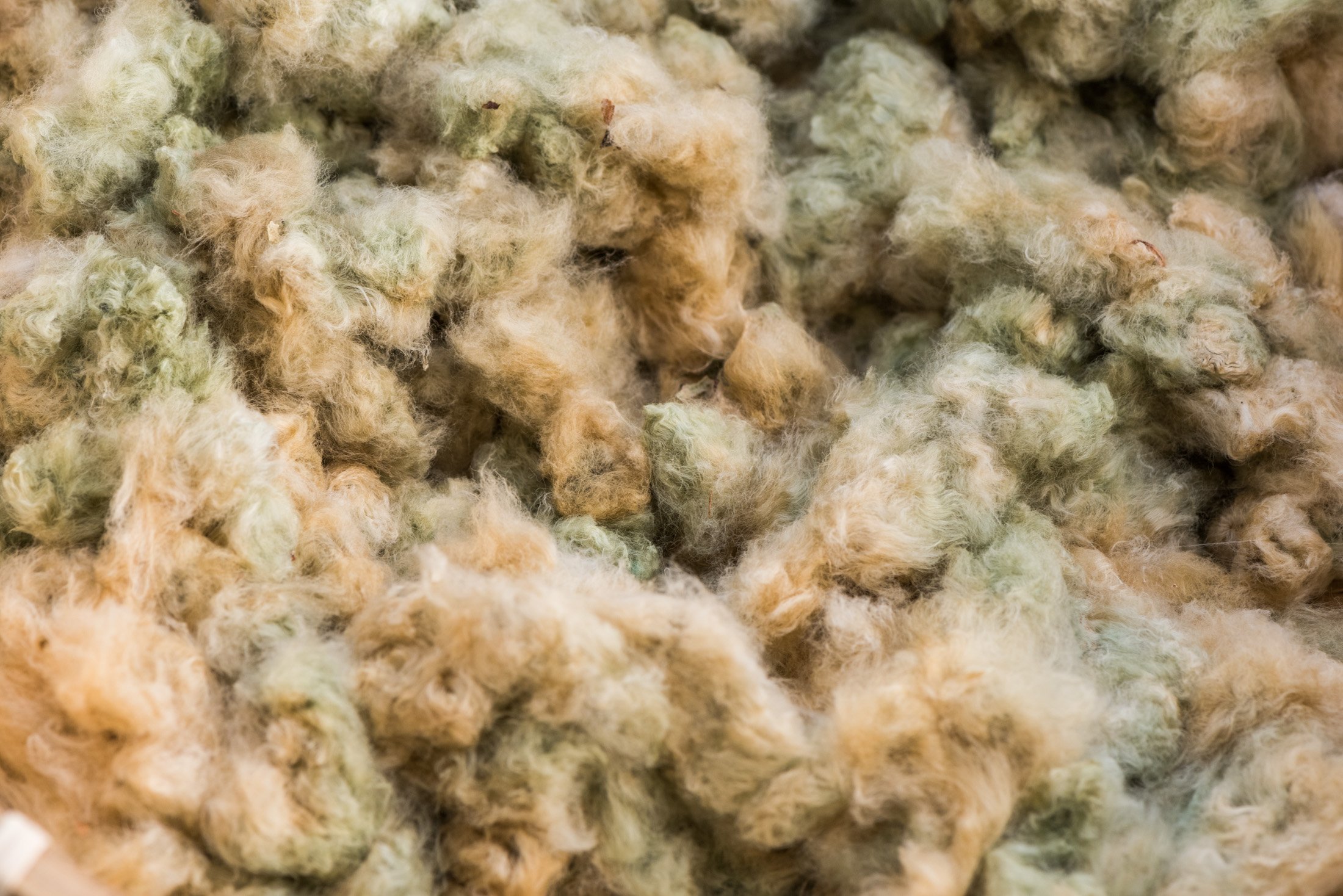
THE CLOTHING RESTORATION PROJECT
The Oko Farms Clothing Restoration Project is a celebration of our ancestral relationship to clothing as we challenge the current extractive industrial fashion complex. It aims to reestablish a connection with nature through textile arts.As part of the exploration, our team has been immersed in the vibrant worlds of leading natural dye experts, farmers, and weavers from these regions through field visits, interviews and workshops with some of the few remaining traditional plant dye and textile experts. Through our visits, we have gained the special privilege of sharing their knowledge, wisdom and expertise with the Oko Farms community as we seek to revive these ancient traditions as a solution to the current environmental degradation caused by the current industrial textile production methods. Through this blog we’ll be sharing their stories along with our experiences as we integrate knowledge and wisdom into our work.BLOG 004Cotton Exploration: The Ancient History of the Cotton Plant (2)
This is the second of a five part blog series dedicated to cotton. This blog entry is the second part of the exploration of the ancient history of the cotton plant and its integration into the lives of ancient people including agriculture, clothing, story telling and even currency.
BLOG 003Cotton Exploration: The Ancient History of the Cotton Plant (1)
This is the first of a five part blog series dedicated to cotton. The purpose of the series is to examine cotton’s history and the integral role it played in shaping our lives today. We will explore the cultural and economic significance cotton had in ancient cultures; its role in the creation of capitalism through the transatlantic slave trade; and to present solutions for a more meaningful relationship with the cotton plant and our clothing.
Cotton is the most widely produced fiber crop grown today, and is possibly also the most controversial. It is an ancient crop with significant cultural, spiritual, and economic importance in many cultures, but today it is criticized for the intensive water and land resources that go into farming it industrially. Cotton’s dark recent history of human enslavement and the countless lives lost to global cotton colonialism still has a deep impact on the modern world-- from generational and cultural trauma and environmental loss, to the foundation of the current global economic system. And although so much destruction has been committed for cotton, modern consumers have never valued it less. Consumers buy more cotton clothing than ever before, but in the culture of fast fashion more cotton than ever also ends up in landfills.
We started growing cotton at Oko Farms in 2022 as part of The Oko Farms Clothing Restoration Project. As a sustainable farm, it is important to us that we explore how to remedy our relationship with cotton, not just from an environmental and cultural perspective but also from historical pain. By growing cotton, we want to deepen our relationship with this plant and engage in one of the ways that we can farm more than just food. We want to share our knowledge and healing with our community.
BLOG 002West African Women as Masters of Indigo
The second entry of the Clothing Restoration Project blog series continues our exploration of indigo in West Africa. People throughout the region have counted blue textiles as part of their material life for hundreds of years (Joseph, 1978). Archaeologists have discovered fragments of indigo-dyed cloth that date as far back as the eleventh to twelfth century AD in Mali. Indigo-dyed blue textiles were used for centuries to wrap newborns and adorn the bodies of the living and those who had recently passed into the ancestral realm.
In this entry, we explore the integral role of West African women as masters of indigo cultivation, processing, and dyeing techniques and how they contributed to indigo industrialization in the Americas through the transatlantic slave trade.
BLOG 001 Isidore Kouton: The Beninese Master of Natural Plant Dye and Textile Weaving
Our first blog series introduces the remarkable story of Isodore Kouton, a master weaver and natural plant dye expert from Benin, West Africa. Mr. Kouton is a textile trailblazer with four decades of practice and experimentation with 70+ plant dye applications.




